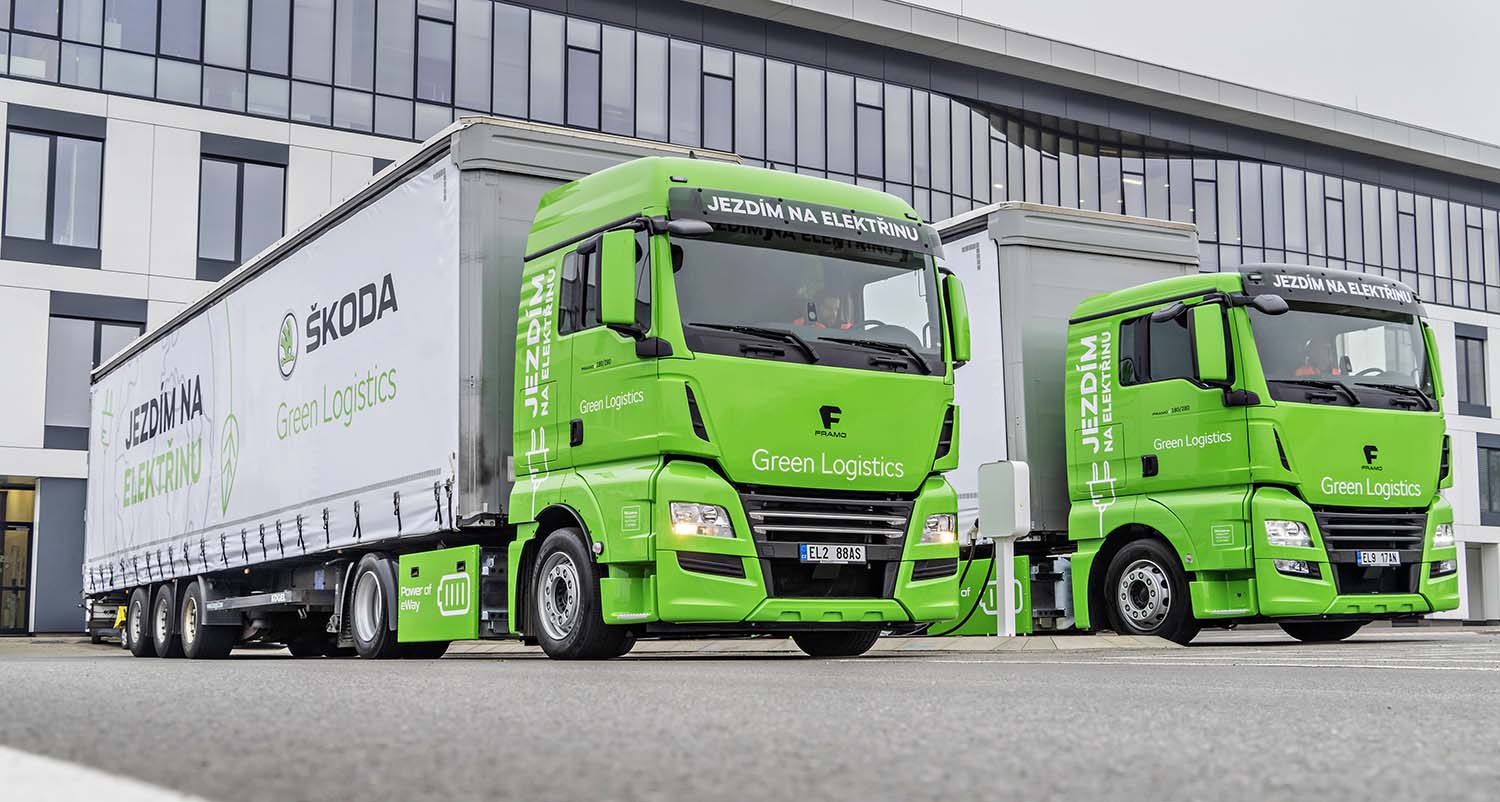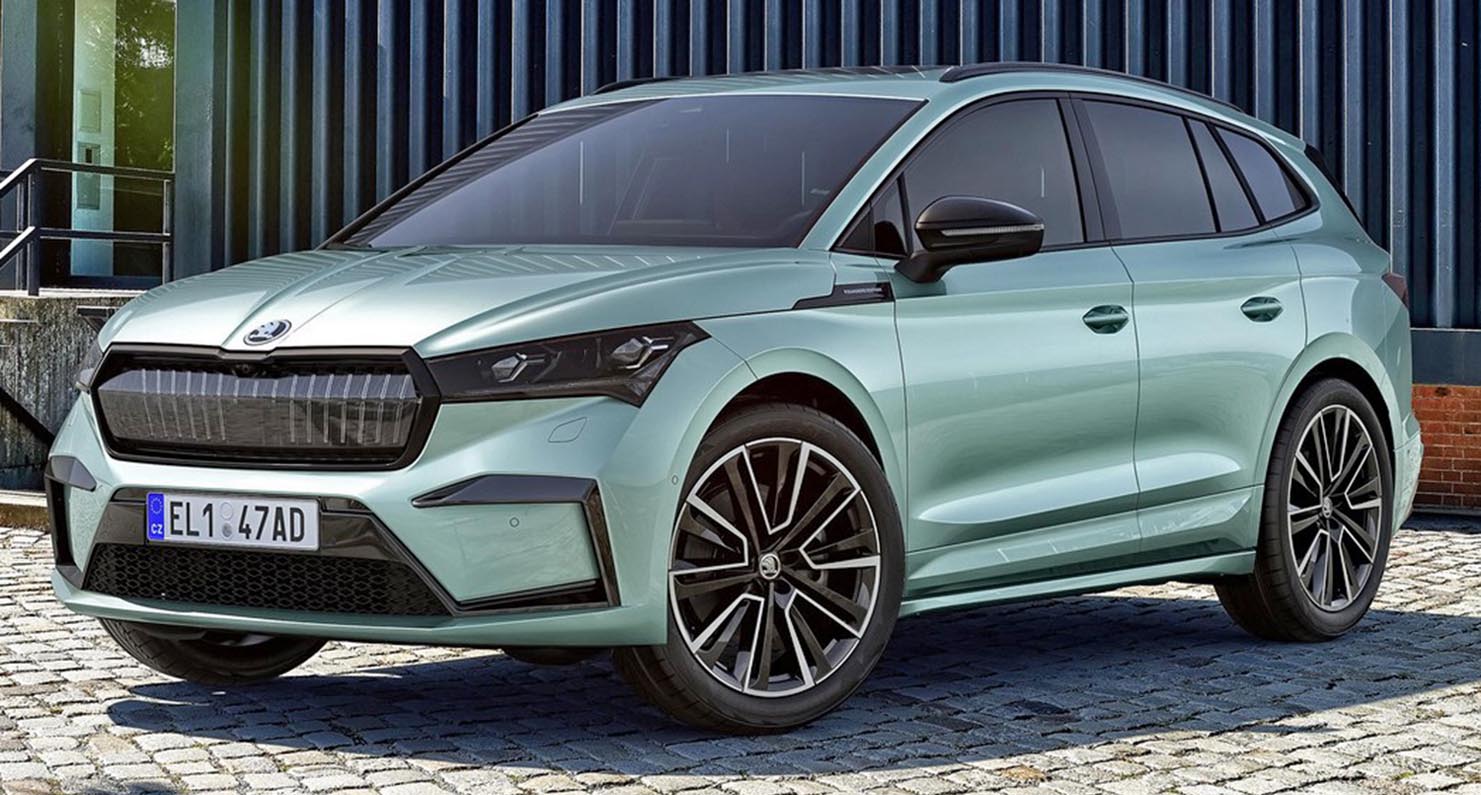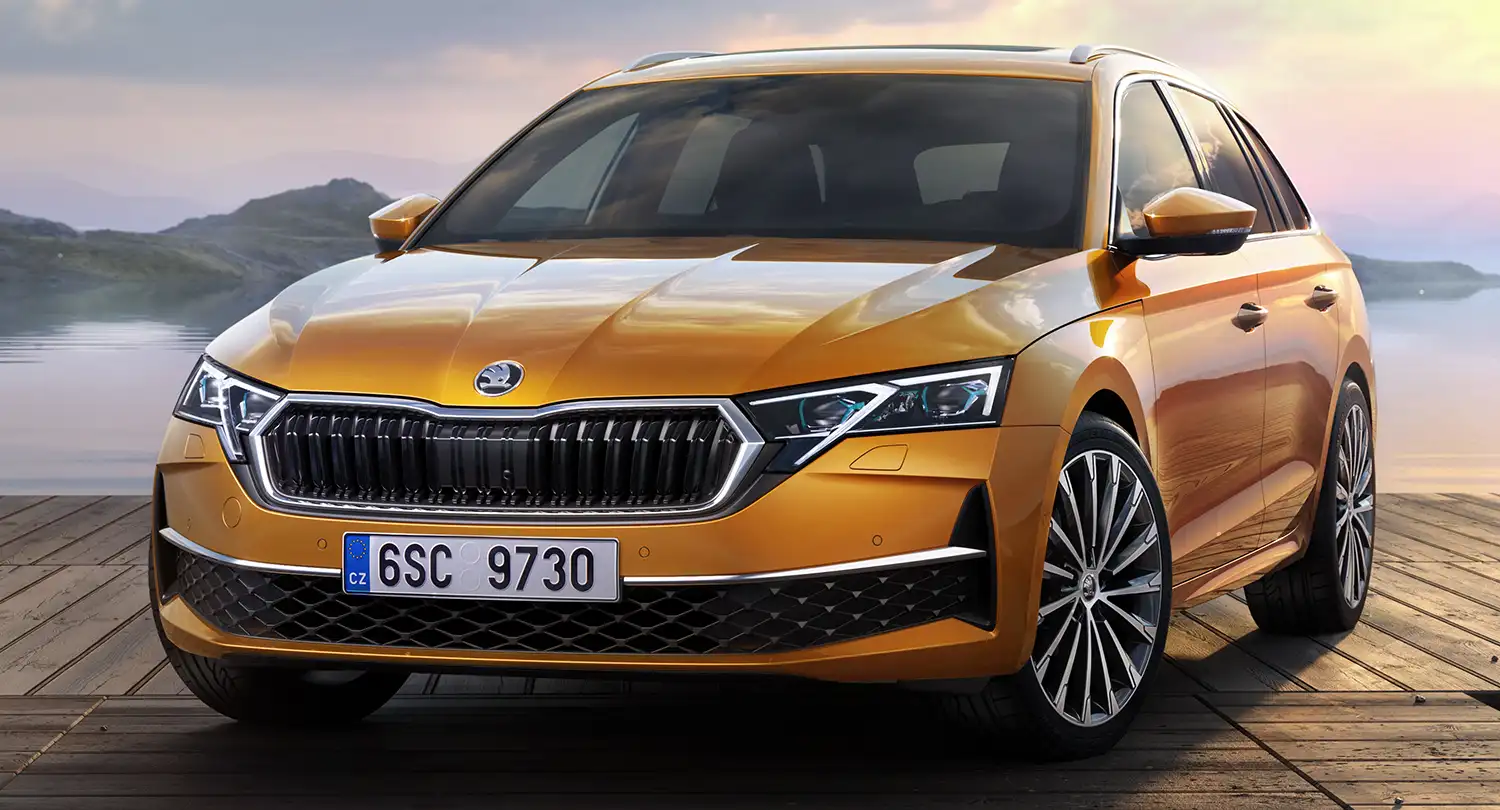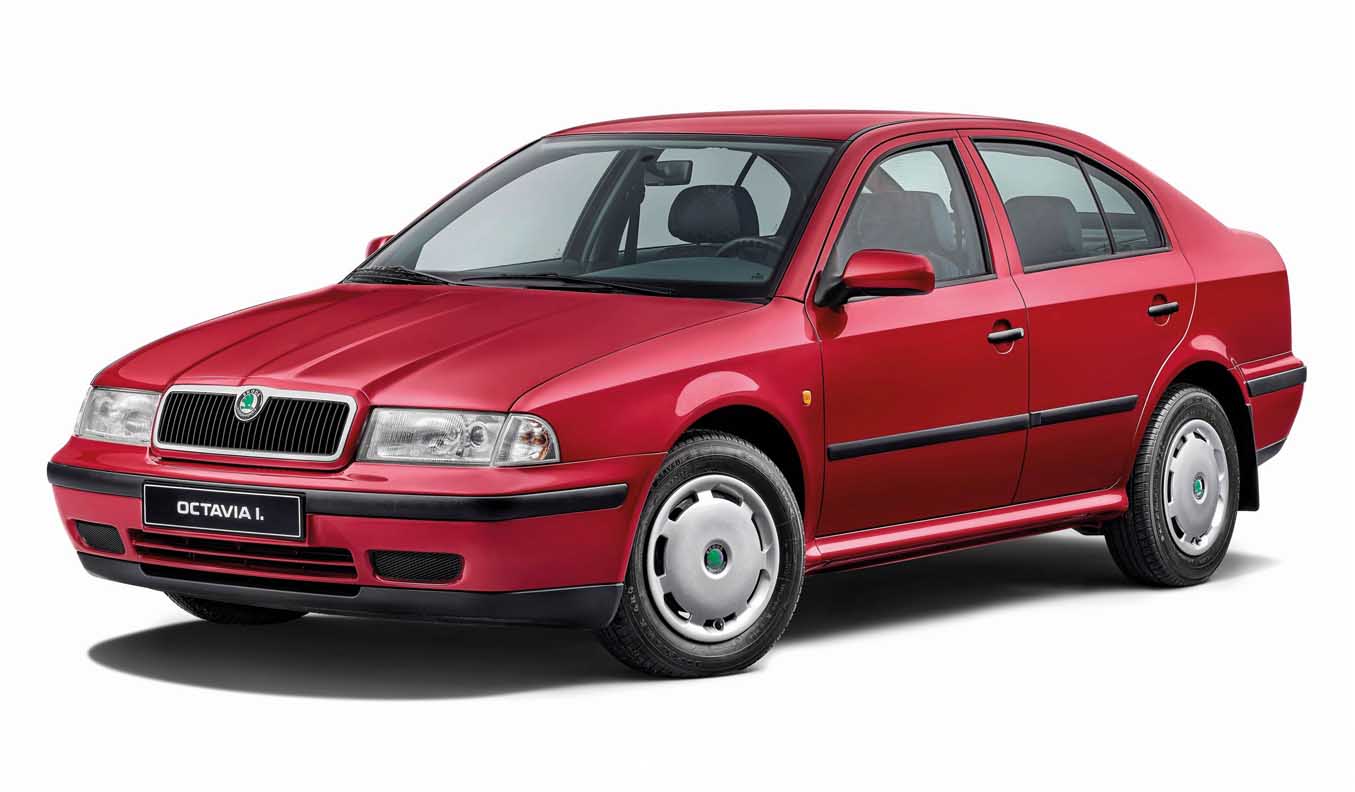
ŠKODA AUTO is trialling two electric trucks in Mladá Boleslav. They are being used to transport goods within the plant, and more e-trucks are in the pipeline. Using these vehicles, the Czech car manufacturer plans to save 60 tonnes of CO2 each year compared to their diesel-powered counterparts.
ŠKODA AUTO is systematically reducing its environmental footprint and has significantly tightened its environmental targets as part of the NEXT LEVEL – ŠKODA STRATEGY 2030 corporate strategy.
“At ŠKODA AUTO, we are specifically focusing on ‘Simply Clever’ approaches to make the company even more sustainable in the areas of Production and Logistics. Following a successful pilot phase with the two all-electric trucks, we are rapidly replacing the internal transport fleet with battery-electric trucks.
In doing so, we also want to incentivise our local suppliers to do the same. In the medium term, we envisage all components being delivered by truck from the immediate vicinity of our plants to our production lines with zero local emissions.”
Michael Oeljeklaus, ŠKODA AUTO Board Member for Production and Logistics
Since the beginning of October, ŠKODA AUTO Logistics has been testing the two electric trucks for internal transport. Equipped with standard semitrailers, they will have replaced diesel-powered trucks on the respective routes by next May.
The next step will involve transporting BEV batteries through the Mladá Boleslav plant on specially made, shortened semitrailers from June 2022. For this purpose, the semitrailers will be equipped with conveyor technology for automatic pallet loading and unloading.
The range of the locally zero-emission trucks is 80 km per charge, and the batteries take 4.5 hours to fully charge. They use around 200 kWh of electricity per 100 km, and by deploying them, ŠKODA AUTO plans to save 60 tonnes of CO2 annually.
As part of its ‘Green Future’ strategy, ŠKODA AUTO is pursuing ambitious sustainability goals, which it has defined for the areas of Production and Logistics in its ‘Green Logistics’ approach.
The company had reduced CO2 emissions by 25 per cent compared to vehicles with conventional drivetrains by using natural gas-powered trucks (CNG) on the factory premises and is now taking the next step to further minimise emissions by introducing e‑trucks.






